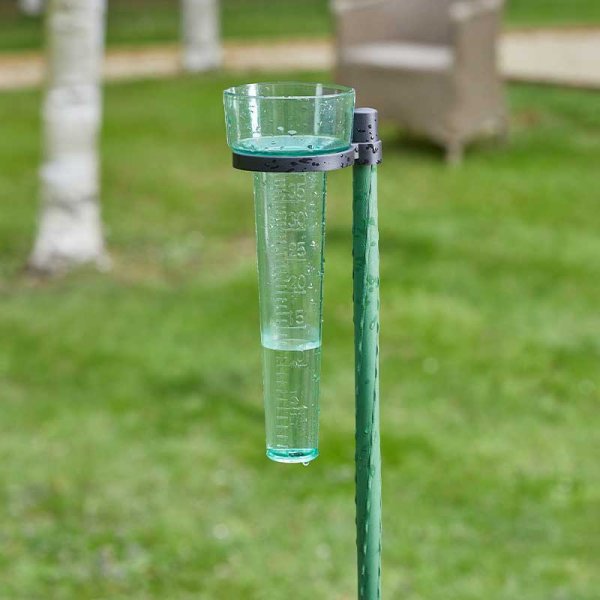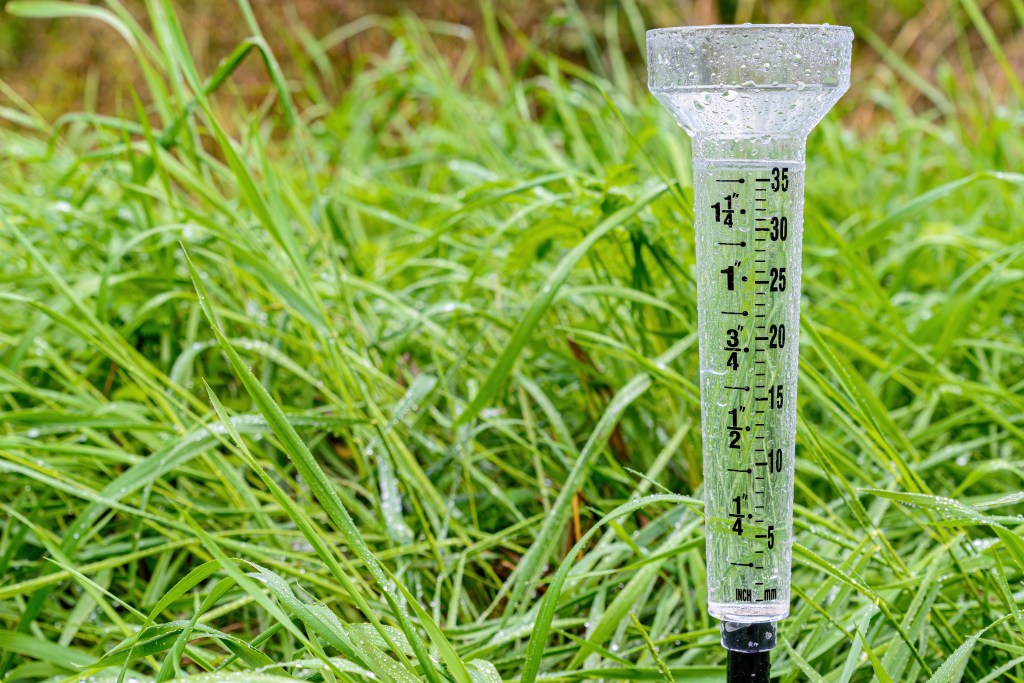The Advantages of Mounting an Accuracy Rain Gauge for Your Weather Station
The Advantages of Mounting an Accuracy Rain Gauge for Your Weather Station
Blog Article
Unveiling the Science Behind Rainfall Determines: Exactly How These Gadgets Play an Important Role in Environment Research and Ecological Tracking
Rain determines, apparently simple tools, hold a profound relevance in the realm of environment research and ecological surveillance. As we peel off back the layers of this scientific shroud surrounding rain gauges, we discover a world where precision, data accuracy, and thorough monitoring converge to unveil a deeper understanding of our transforming climate and its influence on the earth.
Importance of Rainfall Scales
Rain determines play an indispensable role in monitoring and determining precipitation levels, providing crucial information for environment study and evaluation. These tools are basic in evaluating the quantity of rains that occurs in a particular location over a particular duration. By measuring and collecting rain, rain determines offer valuable insights into the distribution and strength of precipitation, aiding meteorologists, hydrologists, and climatologists in comprehending climate patterns and patterns.
Among the essential reasons that rain assesses are essential is their capability to give exact and local information. Unlike satellite or radar-based measurements, which provide wider monitorings, rainfall evaluates offer accurate info details to the area where they are put. This localized information is vital for different applications, including flooding forecasting, drought tracking, and water source monitoring. Additionally, long-term information accumulated from rain assesses helps in analyzing climate adjustment impacts and patterns, contributing significantly to scientific research and decision-making processes. Basically, rain determines offer as necessary tools in the area of weather forecasting and ecological scientific research, playing a crucial duty beforehand our understanding of weather and climate dynamics.
Types of Rainfall Scales

Capability and Operation
In the realm of environment research study and meteorological research studies, the effectiveness of rain gauges lies in their detailed functionality and exact functional mechanisms. Rainfall determines are designed to properly gauge the amount of rainfall that tips over a certain area during a collection period. These tools usually consist of a funnel that accumulates rainwater and networks it into a determining tube. The determining tube is noted with calibrated dimensions that permit the specific quantification of rainfall.
The performance of rain evaluates is based on the concept of gauging and collecting rain in a standard fashion. This gathered data is important for recognizing neighborhood climate patterns, tracking long-term climate patterns, and assessing environmental impacts. To make sure accurate measurements, rain determines demand to be purposefully placed in open areas away from blockages such as structures or trees that could disrupt the collection process.
The functional facet of rainfall determines involves normal upkeep to avoid particles accumulation, calibration checks to preserve dimension accuracy, and information recording for evaluation (rain gauge). On the whole, the functionality and procedure of rain assesses are vital for collecting trustworthy precipitation data crucial to environment research study and ecological tracking
Function in Environment Research Study
Offered the important value of exact precipitation measurements in understanding weather condition patterns and ecological influences, dig this the function of rain determines in environment study is important. Rainfall gauges provide necessary information for environment study by evaluating the quantity of precipitation that falls over a particular area throughout an offered duration. This data is essential for monitoring long-term trends in rainfall patterns, examining the influence of environment change on rainfall circulation, and improving environment models.

Climate researchers make use of data collected from rainfall gauges to examine variations in rainfall degrees, identify local environment trends, and assess the effectiveness of water source management methods. By contrasting historical rainfall data with present dimensions, researchers can detect shifts in precipitation patterns, such as modifications in the regularity or intensity of rainfall events. This details is important for recognizing just how environment adjustment is influencing precipitation characteristics and can aid policymakers make informed decisions regarding adjustment and mitigation strategies.
Applications in Ecological Surveillance

In flood projecting, rainfall scale data aids to track rains strength and circulation, enabling authorities to issue prompt cautions and take needed procedures to reduce flood threats (rain gauge). Dry spell monitoring counts on rainfall gauge information to examine wetness levels in the dirt and track precipitation shortages, assisting in the recognition of drought-prone locations and the implementation of drought feedback strategies
Furthermore, rain scale information plays an essential role in water source monitoring by providing details on water availability and usage patterns. Additionally, in farming, rainfall gauge data aids farmers in optimizing watering timetables, crop choice, and general farm here management methods based on neighborhood rainfall patterns.
Final Thought
Finally, rainfall assesses are crucial devices for determining precipitation, offering important data for climate research and ecological surveillance. With numerous kinds and functionalities, rainfall determines play an important role in understanding precipitation patterns and their effect on the atmosphere. By properly measuring rainfall, these devices add to the advancement of clinical understanding and assistance in making informed choices relevant to water source monitoring and catastrophe preparedness.
Rainfall assesses play an important role in monitoring and gauging rainfall degrees, offering vital data for climate research and analysis. The standard rain why not look here gauge, known as the "tipping container" scale, is one of the most frequently used tools. Ultrasonic rain gauges usage noise waves to identify the presence of rainfall, offering real-time information on precipitation levels.Environment scientists utilize information collected from rainfall assesses to evaluate variants in rainfall levels, recognize regional climate fads, and examine the effectiveness of water source management approaches.In final thought, rain assesses are important devices for measuring rainfall, providing useful information for environment research and ecological tracking.
Report this page